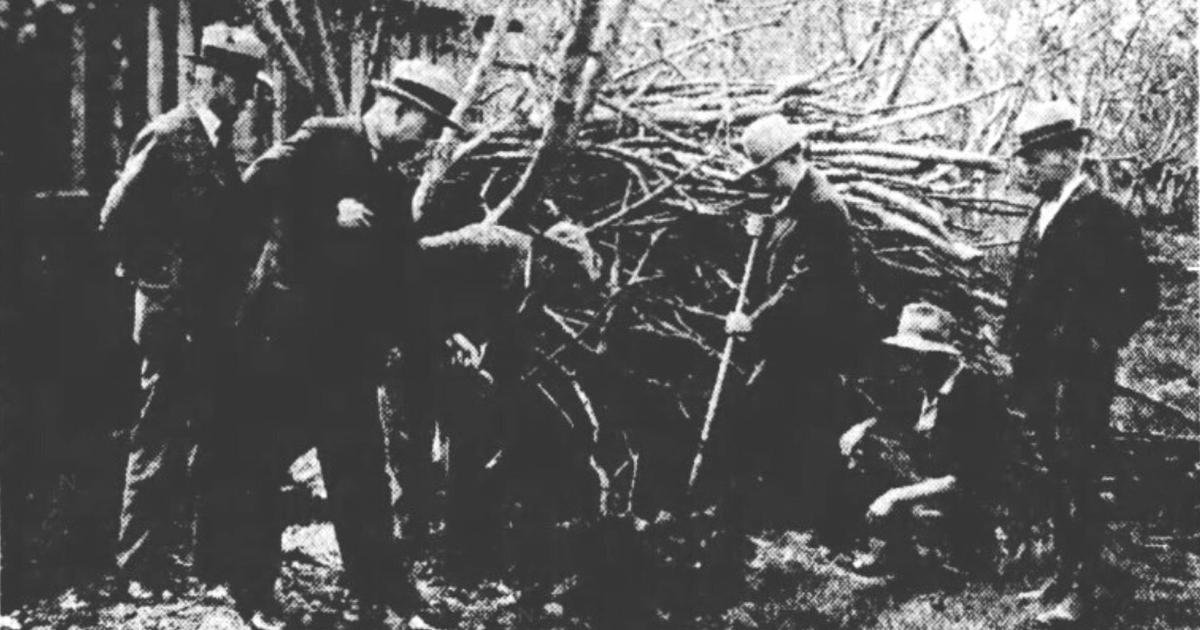(Anuradha Kumar is the author of The Hottest Summer in Years. This column first appeared in The India Forum)
- On 4 March 1931, newspapers in California’s Central Valley region reported the discovery of a body near the town of Rio Vista. The body, found nude and headless — clearly decapitated — had been trussed with steel wire and bound to a tractor wheel. It was found in the Cache Slough area, a wetland region in the Sacramento-San Joaquin delta region. Five days later, on 9 March, Clarence Morrill, the chief of the state department of criminal investigation, made public the identity of the murdered man. Sant Ram Pande was 32 years old and a student of mechanics at the University of California at Berkeley (Santa Rosa Republican; San Francisco Examiner, both 9 March 1931). Pande, Morrill declared, had taken time off to help the authorities in investigating the spate of “Hindu murders” the area had seen. Since 1926, chiefly in the counties of Yuba, Sutter, Placer, and Fresno in the Central Valley, 13 murders, all unresolved, had taken place; Pande’s made it the fourteenth. Following this, over the next few days, newspapers reported on the existence of an “Oriental murder” or “vengeance cult” that targeted any individual, even one of their own, for acting against it. It was the onset of “Kali Yuga” — one newspaper column pointed out. It went onto quote “Oriental students of fatalism, faith and philosophy” at the University of California who described Pande’s murder as having occurred during the time of Kali Yuga when “all was evil”, and “man could do little to escape trouble” (Sacramento Bee, California, 11 March 1931)…
Also Read: The post-Covid phase is seeing the birth of a data democracy: Anil Padmanabhan

